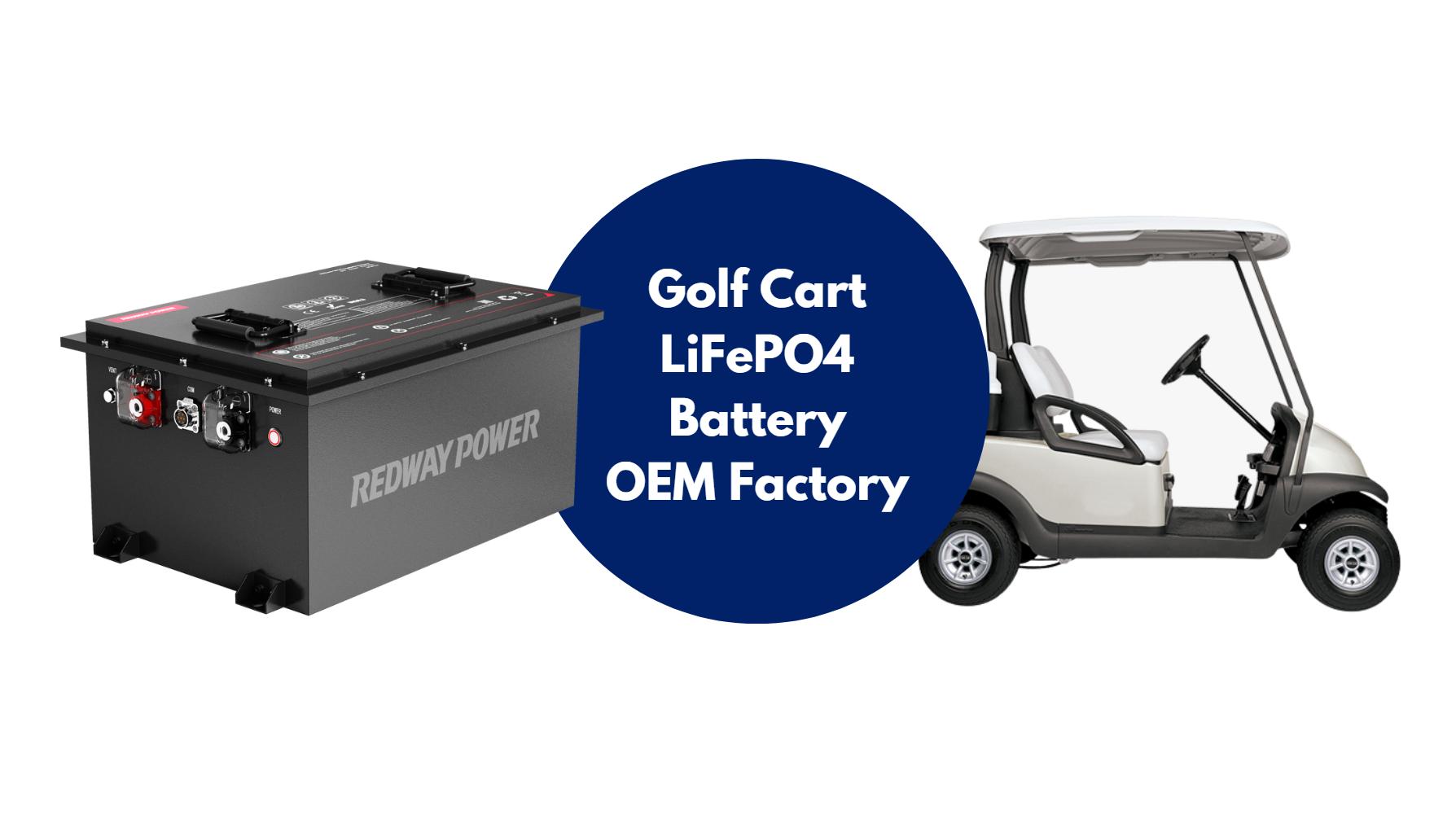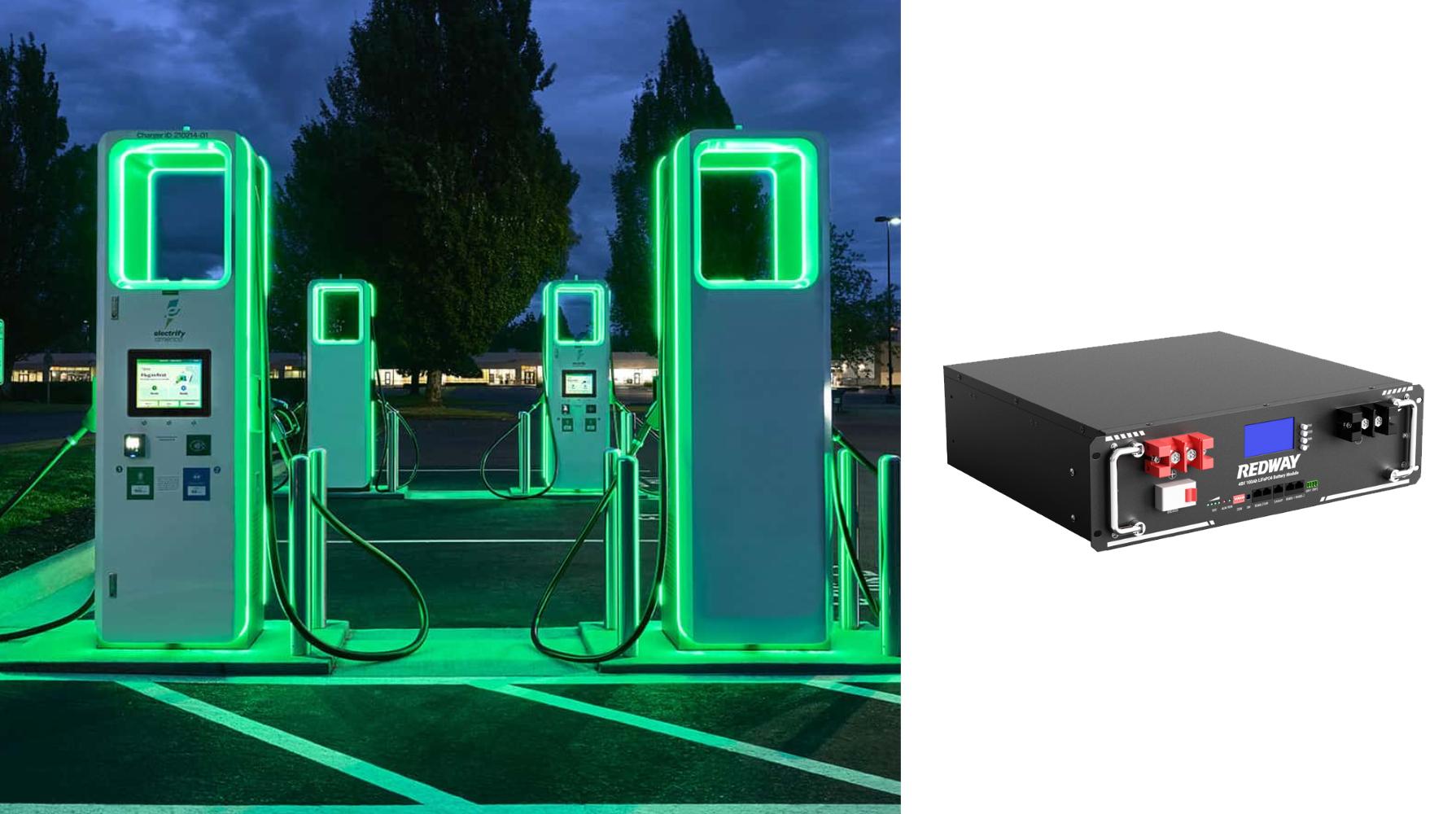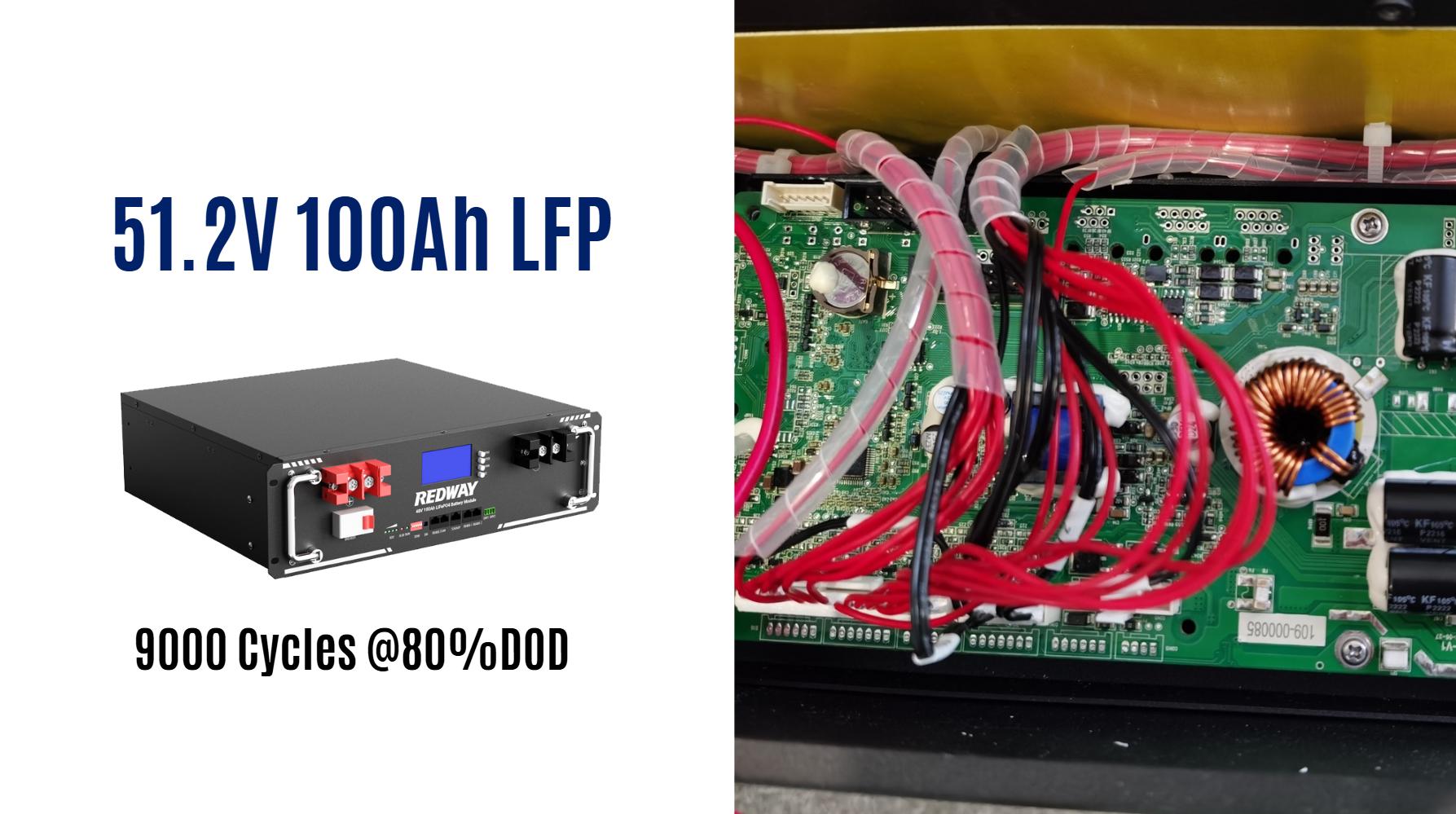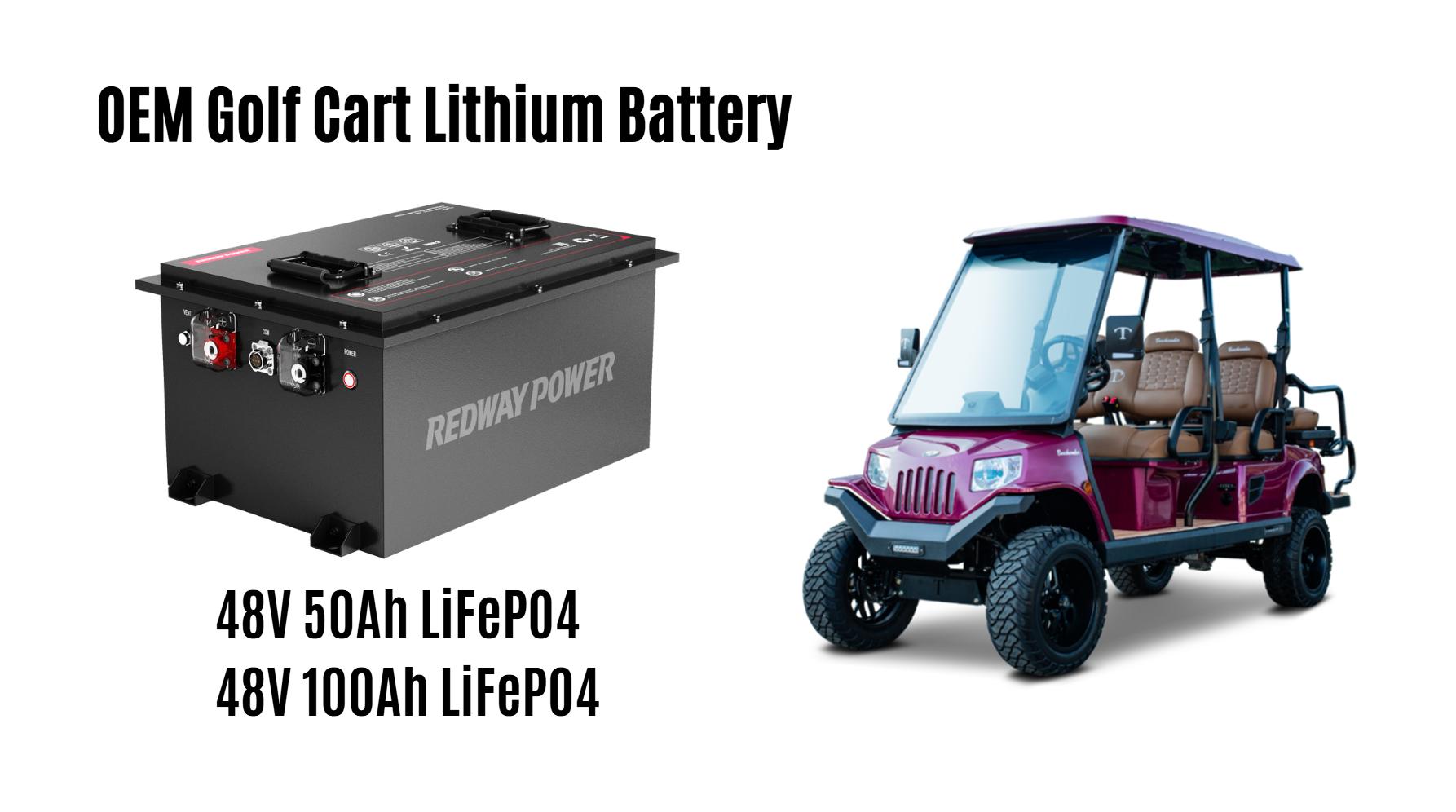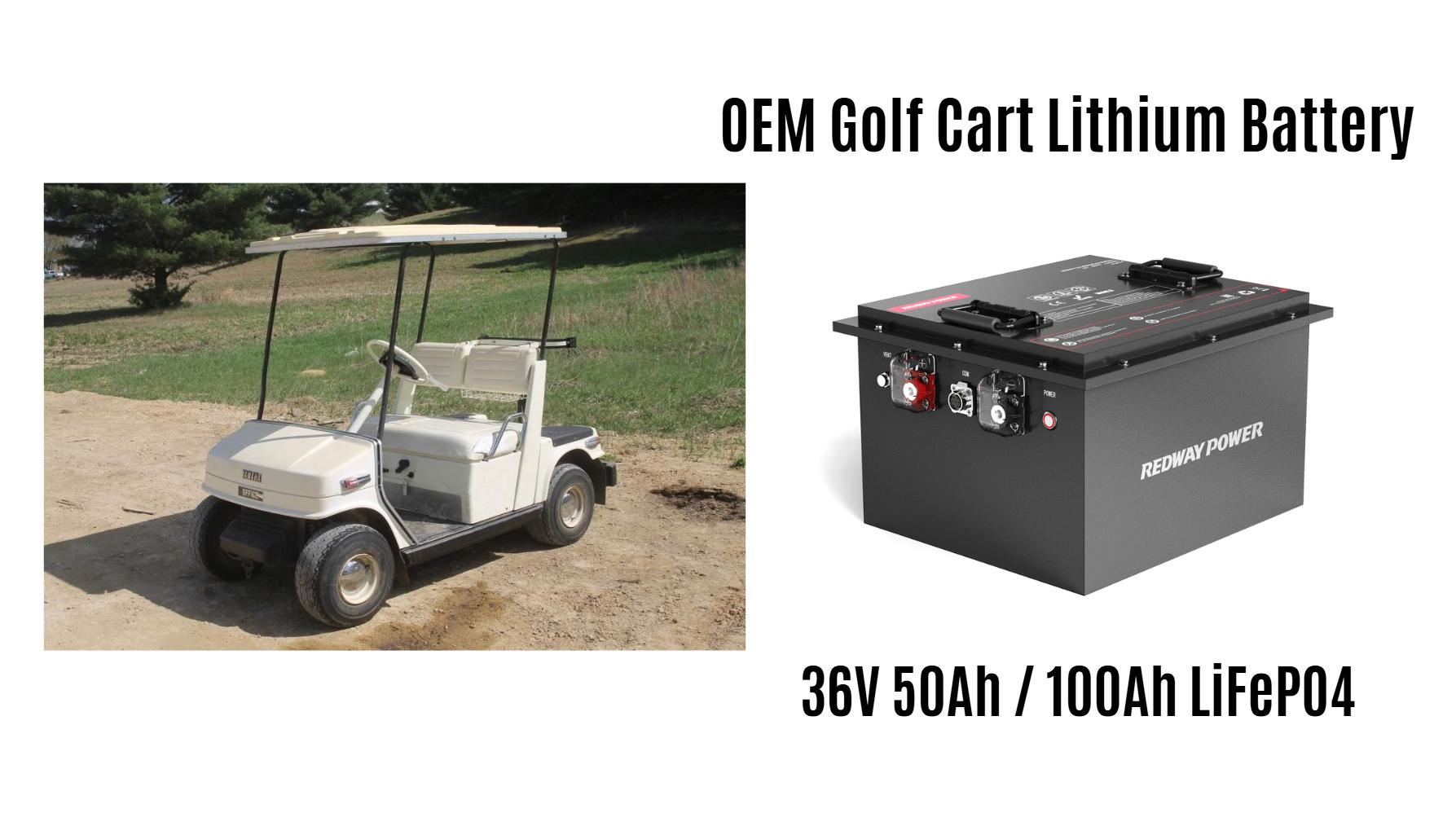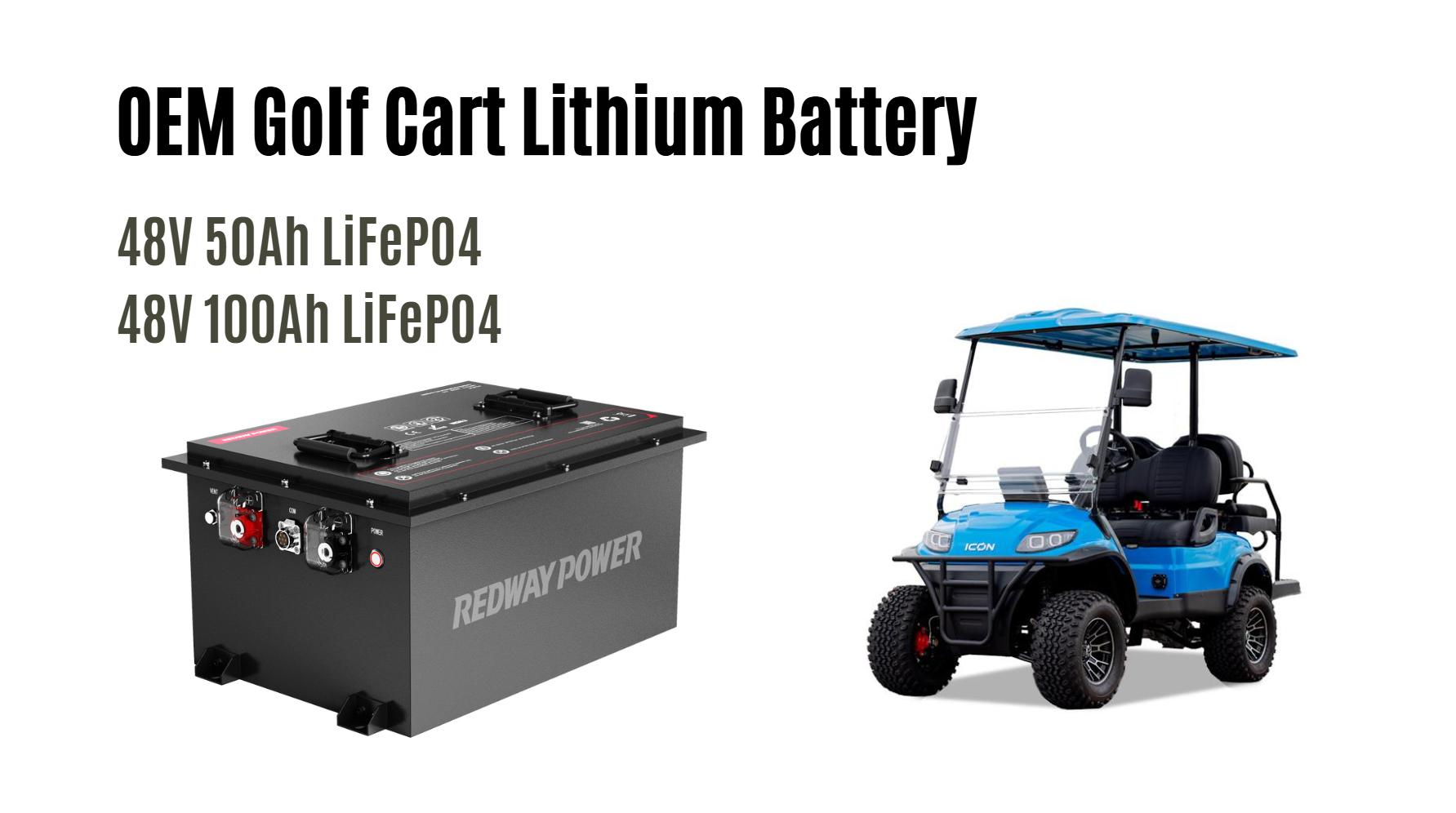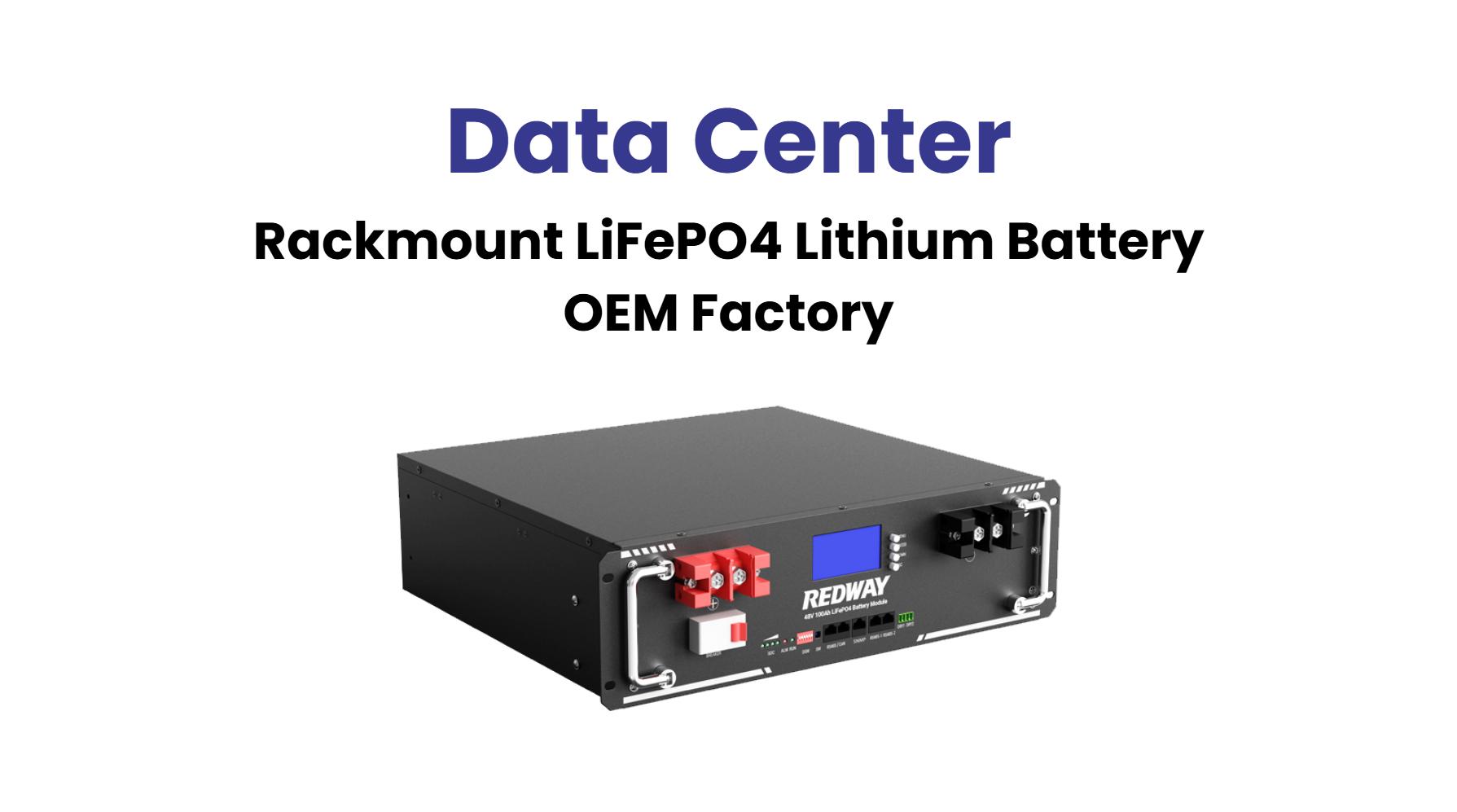What Are the Essential Club Car Golf Cart Parts You Need to Know?
Club Car golf cart parts include batteries, motors, controllers, tires, and suspension systems. These components ensure performance, safety, and longevity. Regular maintenance and using OEM or high-quality aftermarket parts optimize functionality. Key parts vary by model (DS, Precedent, Onward) and fuel type (electric or gas). Always verify compatibility before purchasing replacements or upgrades.
How Do You Identify Common Club Car Golf Cart Parts?
Identify parts using the vehicle’s serial number, found on the chassis or dash. Cross-reference diagrams from Club Car’s official manuals or trusted suppliers. Common parts like solenoids, speed controllers, and brake assemblies often have model-specific codes. For example, Precedent models use IQDM motors, while DS carts require specific voltage regulators. Online retailers and dealers provide compatibility tools.
Why Is Regular Maintenance Critical for Club Car Golf Cart Parts?
Maintenance prevents corrosion, battery degradation, and motor failure. Electric carts need monthly battery water checks and terminal cleaning. Gas models require oil changes and air filter replacements. Worn tires or loose suspension bolts risk safety. Prolong part lifespan by adhering to Club Car’s service schedules and using dielectric grease on electrical connections.
Where Can You Buy Authentic Club Car Golf Cart Parts?
Purchase OEM parts from Club Car dealers or certified retailers like GolfCartGarage.com. Amazon and eBay offer aftermarket alternatives, but verify seller ratings. Specialty stores like Buggies Unlimited provide upgraded components (lithium batteries, high-speed motors). Always compare warranties—OEM parts typically include 1-year coverage, while aftermarket options vary.
What Are the Signs of Failing Club Car Golf Cart Batteries?
Slow acceleration, reduced range, and voltage drops below 48V indicate battery failure. Swollen cases or acid leaks require immediate replacement. Test batteries with a multimeter—healthy cells show 8.4V+ under load. Trojan T-875 and Lithium-ion packs are popular upgrades. Recharge batteries after each use and avoid deep discharges to prevent sulfation.
How Does Compatibility Vary Across Club Car Models?
DS (1981–2014), Precedent (2004+), and Onward (2016+) have unique part requirements. DS models use resistor-based speed control, while Precedent carts rely on IQDM systems. Onward’s modular design allows customization but requires 2020+ specific accessories. Gas-powered engines (FE290, FE350) differ from electric powertrains. Always check model year and sub-components before purchasing.
Can You Upgrade Club Car Parts for Enhanced Performance?
Yes. Install high-torque motors (+25% speed), lithium batteries (50% weight reduction), or all-terrain tires. Upgraded controllers (500A+) optimize acceleration. Lift kits (3–6”) improve ground clearance. Ensure upgrades align with local regulations—some modifications void warranties or restrict road use. Consult specialists for ECU reprogramming or custom installations.
What Are Eco-Friendly Club Car Part Alternatives?
Lithium-ion batteries (e.g., Redway Power) reduce lead-acid waste and last 2–3x longer. Solar charging kits extend range sustainably. Reconditioned motors and controllers minimize e-waste. Non-toxic brake fluids and biodegradable lubricants are eco-conscious choices. Club Car’s ERIC charging system also enhances energy efficiency by 15%.
Expert Views
“Club Car’s modular design allows unmatched customization, but always prioritize OEM-grade electrical components,” says a Redway Battery engineer. “Lithium conversions are trending—they cut weight and boost efficiency. However, improper installation can damage controllers. For aging DS models, we recommend retrofitting with modern battery trays to support lithium tech. Always test voltage compatibility before upgrading.”
Conclusion
Understanding Club Car parts ensures optimal performance and cost savings. Prioritize compatibility, maintenance, and sustainable upgrades. Whether restoring a vintage DS or enhancing a Precedent, quality components and expert guidance maximize longevity. Always cross-reference parts and consult professionals for complex modifications.
FAQs
How Long Do Club Car Batteries Typically Last?
Lead-acid batteries last 4–6 years with proper care. Lithium-ion variants exceed 10 years. Regular watering (for lead-acid) and avoiding full discharges extend lifespan.
Are Aftermarket Club Car Parts Reliable?
High-quality aftermarket parts from reputable brands (Alltrax, Navitas) match OEM reliability. Avoid uncertified electronics to prevent system failures.
Can I Convert My Gas Club Car to Electric?
Yes, but it requires swapping the engine, adding batteries, and installing a controller. Costs range from $2,000–$5,000. Consult a specialist for wiring and compatibility checks.

